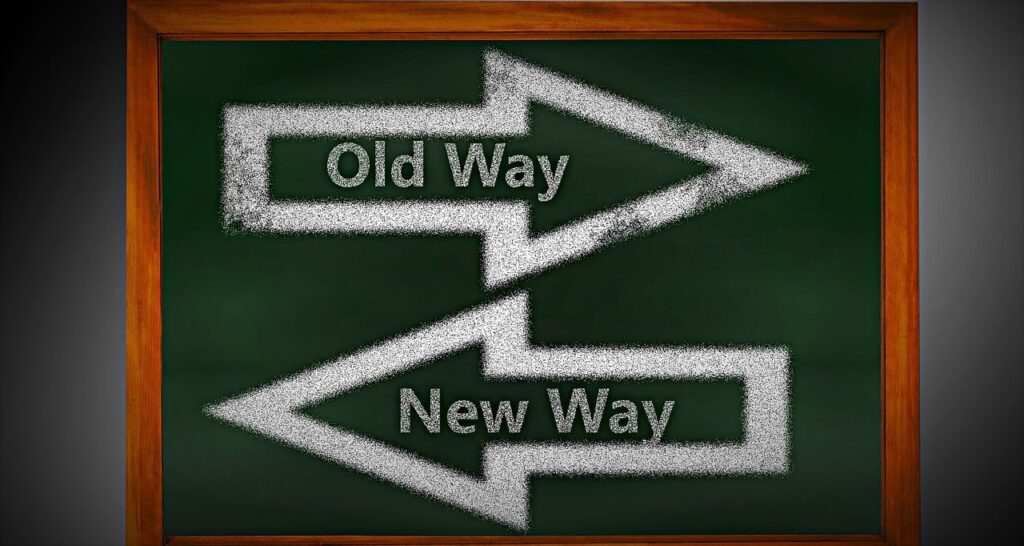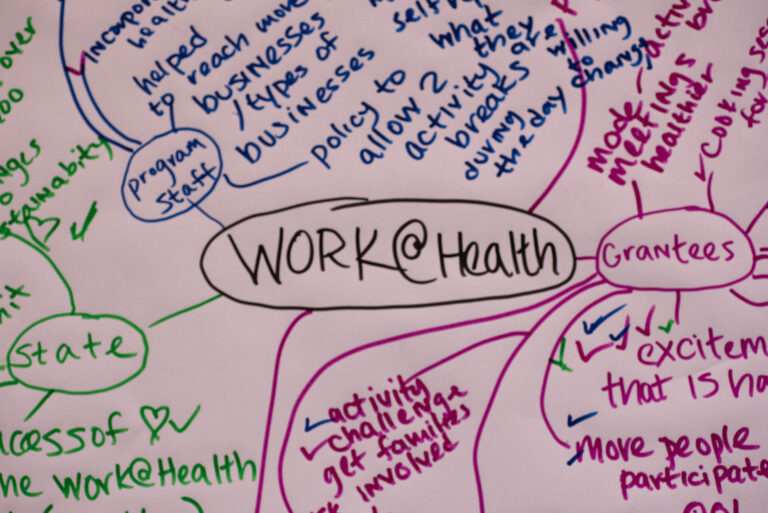
Introduction
If you’ve spent any time with us, participated in the Work@Health training, applied for a Capacity Building Grant, or attended our Workplace Wellness Conference, then you’ve definitely come across Policy, Systems, and Environmental Changes language or terminology. But what is it?
In this series of blogs, we’ll dive into policy, systems, and environmental changes, and tackle each one individually, define each category, and give practical and applicable advice on how you can implement these changes into your worksite, or include them in your capacity building grant application. (FYI, the 2024-25 Capacity Building Grants are NOW OPEN!)
When I began as Active Southern West Virginia’s new Workplace Wellness Director a few months ago, I was thrown back into a world of PSE changes. Honestly, I may have learned about them in school, but it’s all pretty hazy. I wanted to take some time to reacquaint myself with the terms and thought I’d share my learning and how I understand these concepts. So, join me in a four-part series where we’ll take a look at each type of change individually, then we’ll bring it all together, hopefully, in an example grant application.

Policy Change
First up, policy change. Let’s start with the basics and turn to Webster. Policy is defined as “prudence or wisdom in the management of affairs”, which I quite like; it makes policy personable. A more formal definition is “a high-level overall plan embracing the general goals and acceptable procedures especially of a governmental body.”
I’d say we’re all pretty familiar with policy, from formal policies that we’ve all signed off on as read in our employee handbook, to informal policies in our home, such as don’t forget to put the lid down.
Policy is everywhere, baked into societal norms.
Bottom line, with regard to creating policy change at your worksite, you are looking to create rules or change existing rules at your worksite to better support a wellness initiative or to begin the process of creating a culture of health at your worksite. That’s a lot of words, but you get the idea.
Policies = Rules
Policy Change Examples
So, let’s jump into examples of creating policies at your worksite. If your goal is to create long term change at your worksite and help establish a culture of health, then it’s easiest if you begin where people are interested in and willing to change.

If you’ve participated in our Work@Health training, then you are familiar with the behemoth of a reporting device, the CDC Health ScoreCard, and you may have also taken advantage of our confidential employee survey. These two devices are great places to start with gauging employee interest in wellness and interest in changing, or not, certain areas in their life.
Example #1
Let’s say your research indicates that employees are interested in moving more throughout the day, but they feel that they don’t have enough time during the workday, or they’ll get in trouble with management.
Well, how about a policy that addresses this specific problem.

The workplace will create a policy that allows employees to have one 30-minute lunchbreak and two 15-minute breaks, which they can use for physical activity, per 8-hour shift.

Example #2
Maybe employees are interested in nutrition, but don’t know where to begin.
How about:
The workplace will create a policy that establishes healthy food options in the company vending machine, or offer healthy food options while hosting meetings.
Create a policy that fits your environment. During the West Virginia Workplace Wellness Conference hosted by Active SWV, a workplace shared that their employees were interested in a healthy vending machine, but the cost was too much for management, so the wellness committee switched gears and created a healthy snack food cart. Conference attendees loved it. Adapt and be creative.
Example #3
What if you are in an industry that provides crisis intervention, or emergency services at times of crisis? Do you have a plan in place for employees to process what they’ve experienced? Do you have a plan in place to address employee mental health needs?

The workplace will implement a policy supporting a Critical Incident Stress Debrief program to safeguard the mental health of our team members.
This is actually a proposed policy change from this year’s grant applications. I love that it’s industry specific and focuses on mental wellness in the workplace.
I think we all understand policy, so my big takeaway for you is:
Be Creative. Make your policy change specific to your industry and your employees.

Closing
In closing, remember that if we are serious about creating a culture of health at our workplace, we can’t create policy forcing change or penalizing people for not changing; we are simply creating policy to help support those who are willing to change.
Thanks for hanging out and taking the time to read this article. Hope to see you in our next installment where we’ll dive into System Changes.
Stay Active!

Kelly Fox
Workplace Wellness Director
Active Southern West Virginia

